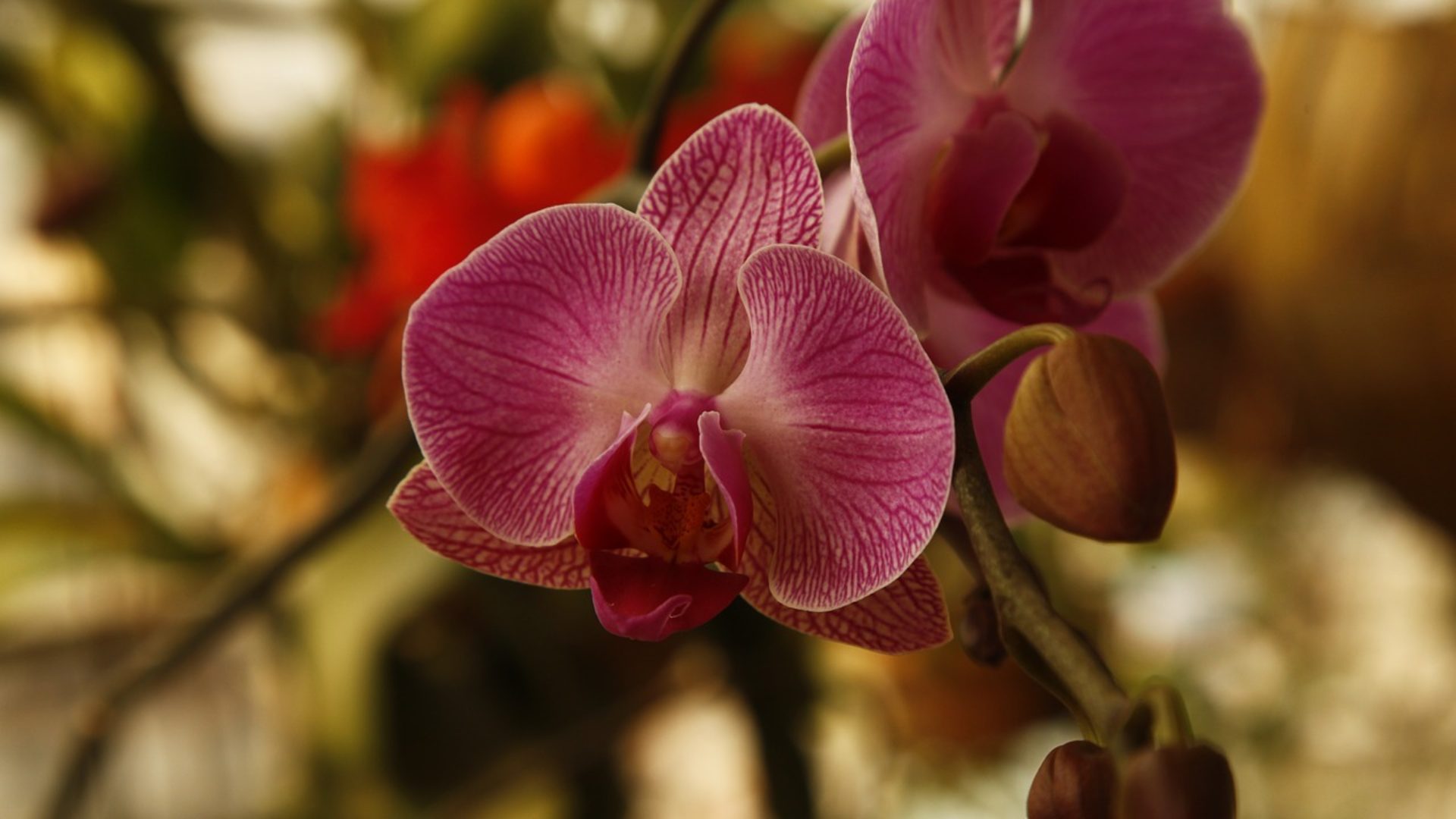Light
Make sure good light levels all the year round, particularly in winter. Shade it from midday sun, If the plant is kept outdoors in summer.
Temperature
Cymbidium likes cooler growing environments more than some other tender indoor orchids. Provide winter growing temperatures between 10-14°C (50-57°F). Keep the temperatures below 30°C (86°F) in summer to prevent plants from damage.
Plants can be kept outdoors from mid- to late summer (often June to September). Nevertheless, gradually make the plants become used to outdoor conditions in order to prevent leaf from being dry and damage caused by cold temperatures or direct sun.
Flowering
Flower spike initiation takes place in mid- to late summer, when plants need good light and a clearly different drop between day and night temperatures. Putting the plants outside helps to provide such conditions.
To stop bud-drop from happening, keep the temperature below 15°C (59°F) during flower spike development. Wait till the flowers have opened before taking the plant into a warmer environment for display purposes.
Support developing flower spikes with a bamboo cane. Flowers usually continue for six to eight weeks. Once the blooms have faded away, cut down the flowered stem to the base.
Watering
Cymbidium needs moderate watering during spring and summer, relying on the conditions. Water from above, ensure that excess of water can drain away. Do not allow the plant to sit in water. Let the compost become completely dry a little before the next watering. Plants placed outdoors or in the greenhouse may need more often watering in hot weather. Outdoor plants may only need occasional watering if the weather is wet. Cut watering to weekly or fortnightly in winter.
Feeding
Use half-strength general liquid fertilizer every third watering in spring and change to a high potassium specialist orchid fertilizer in summer. Stop feeding altogether, or feed only sometimes(not regularly and not often) in winter, using half-strength general liquid fertilizer.

2 thoughts on “Cymbidium Care”
Dear sirs,
I realy love any kind of cymbidium orchids, please help me where to buy cymbidium in a flask in Bangkok.
Your reply much aporeciated, thank you.
Henny
Hello Henny,
Thank you for your question. We are not sure where you can find those orchids. Please try to contact http://www.orchid.in.th or thaiorchidnursery.com
Kind regards,
Thai Orchids Exporter